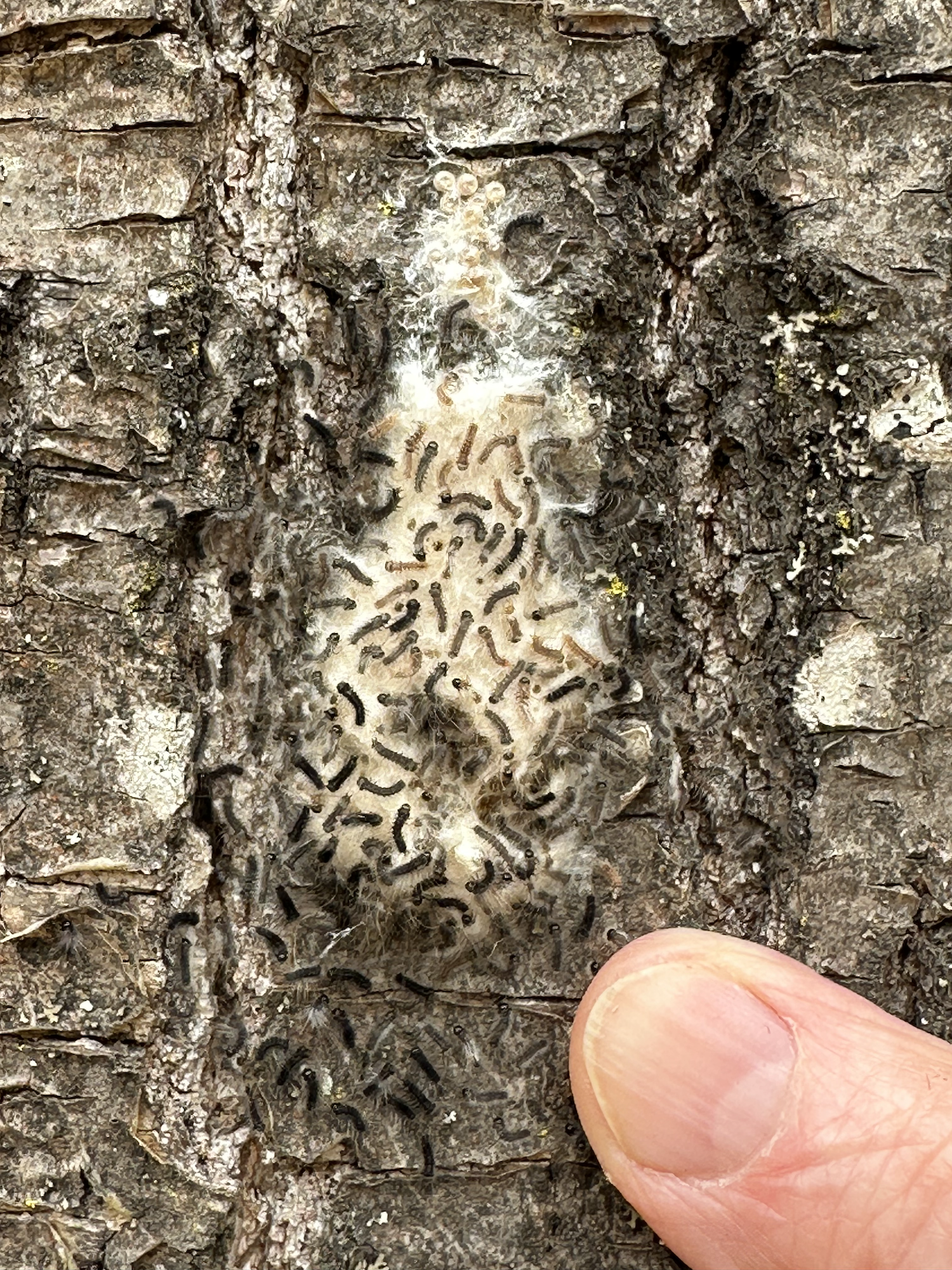Spongy Moth on Madeline Island 2022, Autumn Update
/I knew there were going to be some spongy moths on the island this summer because I did a survey for spongy moth egg masses this past spring that was included in the MIWP 2022 newsletter (See the May 12th article in Education & Advocacy). The intent of the survey was to get some idea of the number of egg masses in the area, and thus the potential for defoliation in 2022. Working with guidance from Wisconsin DNR forest health specialists, I selected areas to survey that were at high risk of spongy moth introduction based on public use, especially by summer visitors. These included campsites and parking lots at the Town and State Parks, and trailheads throughout the island.
Except for a couple of sites within the parks I did not see many egg masses. So, I was completely taken aback at the widespread occurrence of spongy moth caterpillars and the extent of their defoliation on the island this summer. I had been completely unaware of egg masses in other areas of the island—areas that I had not viewed as high risk for introduction!
There are things you can do to protect high value trees in a yard or small woodlot. See this article for more info…
REMEMBER: Human movement of infected items is the main way spongy moth is introduced to new locations. Before leaving the island and before coming to the island, inspect and destroy all forms of spongy moth (egg mass, caterpillar, pupa, or moth) on any items you are carrying, including firewood and your vehicle.
Read More






































